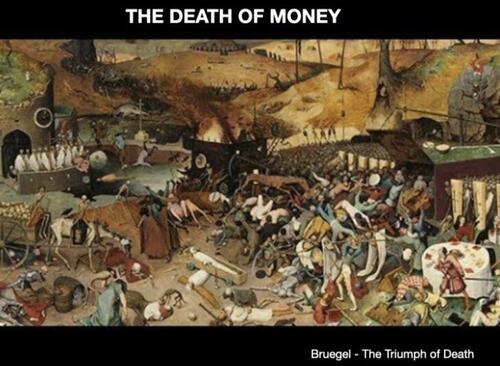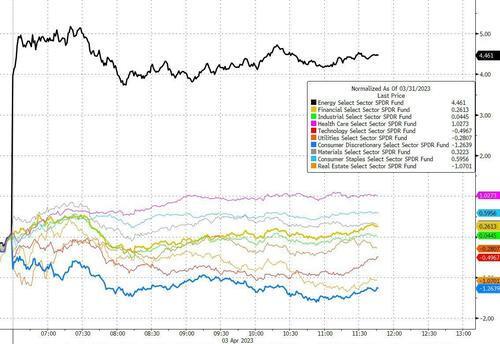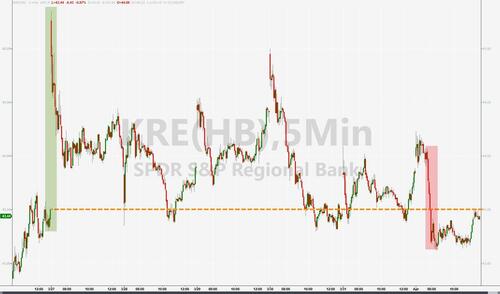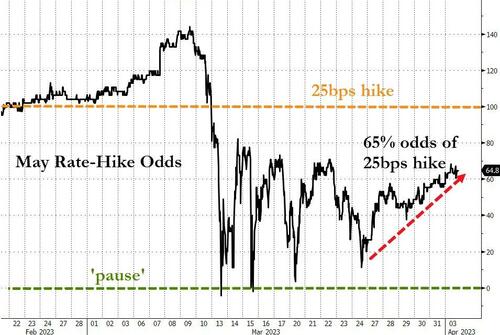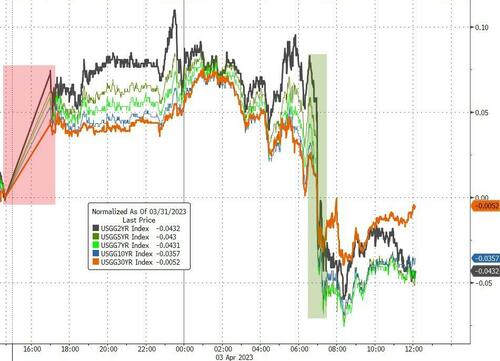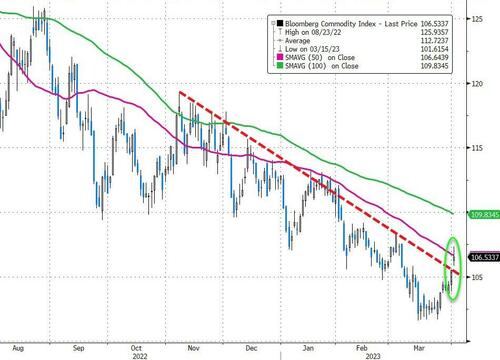No dice, said N.Y. Civil Court judge A. Ally Shahabuddeen on Friday, in Travis v. Daily Mail:
Defendants … are alleged by plaintiff to have defamed her in the course of its ongoing coverage of former Governor Eliot Spitzer. As has been highly publicized by numerous media publications over the course of the last several years, the former Governor became embroiled in a series of scandals arising from claims that he regularly engaged escort services, and later, allegations of sexual assault perpetrated against plaintiff.
Of relevance to this action is the description of plaintiff as a “prostitute” in an article published by the Daily Mail on January 24, 2022, entitled Former NY Governor Eliot Spitzer used alias, ‘George Fox’ at the hospital when he checked in on 25-year-old Russian prostitute lover he was accused of choking in $1,000-a-night Plaza hotel room in 2016. Plaintiff contends that contrary to the Daily Mail‘s coverage, she has never engaged in prostitution or similar occupation and that her involvement with former Governor Spitzer was limited to a legal dispute over the alleged sexual assault….
[D]efendants have provided an article published October 7, 2014 on the online outlet Medium. Entitled Sex is Sex, but Money is Money and under the byline “Svetlana Z.,” the piece describes in detail the lifestyle and experiences of a high-end escort told from a first-person perspective. The author biography describes Svetlana Z. as “a 24-year-old former escort living in New York City,” and also contend based upon the reporting of another media outlet and review of court records that plaintiff was evicted from her apartment on Lexington Avenue in 2015 for engaging in prostitution.
Defendants highlight the long history of coverage, by itself and other news outlets, of the former Governor’s alleged improprieties and his connection to plaintiff, including articles from DNAInfo.com, the New York Post, and the New York Times. One such article, published on December 20, 2018 by the New York Post, reports on an “exclusive interview” with plaintiff in which she discusses her escort work and describes her relationship with former Governor Spitzer. Defendants also provided examples of the Daily Mail‘s own coverage of the former Governor’s relationship with plaintiff from as far back as 2014. Together, defendants argue, these exhibits demonstrate that plaintiff will be unable to establish the falsity of the statements at issue or that they were made with defendant’s knowledge or disregard of their probable falsity.
In her opposition, plaintiff does not deny authoring the Medium article nor does she deny creating the websites and online listings. She instead asserts that her published work and other accounts describing life as an escort were part of an effort to build a career in writing and were entirely fictional. As for the websites and other internet advertisements cited by defendants, she claims that they were produced for the purpose of satisfying Medium’s “fact-checking” requirements and possibly promoting a future fictional web series on the topic.
Plaintiff does deny that she was ever evicted from her apartment for prostitution, averring that during the relevant time period her friend lived at the apartment rented under plaintiff’s name. It was that friend, plaintiff contends, who apartment management sought to oust after she rejected advances from the building superintendent. Plaintiff further asserts that it was impossible for plaintiff to have been engaging in prostitution in the apartment because she was traveling or living elsewhere during the relevant time period. Supporting documents submitted by plaintiff include a letter from Steve Friedman, plaintiff’s “ghostwriter,” who attests to split of the proceeds for the Medium article and the general process of “ghostwriting”; a letter from the management at 776 Avenue of the Americas confirming that plaintiff’s friend was a resident there from 2013 to 2016; and an order confirmation record from Tiffany & Co. relating to a $3,000 set of diamond earrings billed to “Mr. Eliot Spitzer” and to be shipped to “Svetlana Travis” at the Avenue of the Americas apartment dated January 21, 2015….
Plaintiff’s claim of material falsity rests on her contention that the Medium piece, online advertisements, and reviews were all part of an elaborate fiction with which she hoped to start a writing career. However, taking the sheer breadth of her online presence combined with corroboration from multiple media sources and plaintiff’s own statements, her position strains credulity. Further, as defendants observe, courts have routinely accepted that a statement made by the plaintiff herself may be accepted for its substantial truth.
Plaintiff’s exhibits do not carry her burden to show falsity. Plaintiff’s account of the status of the apartment at 776 Avenue of the Americas is not particularly probative of the status of the Lexington Avenue apartment, and a receipt for an expensive gift from former Governor Spitzer simply corroborates a portion of her account published in the New York Post. Finally, the letter from Steve Friedman, the “ghostwriter,” does not indicate that her story was fabricated. Rather, the letter sets forth the standard ghostwriting protocol, consisting of interviewing the subject (in this case, plaintiff), and collecting the stories from the interview into a publishable format (in this case, an essay). Nowhere does he state that he believed her account was entirely fictional, simply that “it would not surprise” him if it came to light that the account had inaccuracies. This alone is not sufficient to carry plaintiff’s burden to establish that defendants’ statements are materially false.
In any event, whether her current account of events is true is ultimately irrelevant because it remains that plaintiff cannot demonstrate that defendants acted with actual malice [the standard required in all public-concern cases under New York law -EV]…. [N]othing in plaintiff’s papers establishes a basis for believing that defendants either knew that the statements were false or acted in reckless disregard for whether they were false.
The Medium piece is written from a first-person perspective and presents as a truthful account, and at no point in the piece or the credits following it is there an indication to the reader that the account is fictional. The piece itself signals exactly the opposite, as the contributor credits state to the reader that it was fact-checked by the staff and the author is explicitly described as a “former escort.” Indeed, it is difficult to fault a reporter who, seeking to verify an account of escort work, comes to believe in the account’s veracity based on websites, online advertisements, and a review site entry resembling precisely what is described in the account. Plaintiff has presented nothing in her papers that would give such a reporter reason to doubt that the account is true.
Further weighing against plaintiff is the extent to which plaintiff’s status as an escort was referenced in the reporting of other news organizations. Of particular note is the exclusive interview published by the New York Post, which directly reports plaintiff’s own statements admitting to her work as an escort and to her relationship with former Governor Spitzer. Taken along with the fact that defendants have been publishing articles referencing plaintiff’s escort work from as far back as 2014 without opposition until very recently, there is no basis to support the claim that defendants knew or recklessly disregarded the possibility that plaintiff was lying.
The court also rejected Travis’s request to seal court records:
[P]laintiff claims that failure to seal court records has a high probability of causing harm to a third party, who had previously “gone through stalking, harassment, and sexual trafficking.” However, plaintiff never specifies this individual by name nor is this third party otherwise essential to this action, at least to any extent discernable by the Court. Plaintiff has not provided sufficient information to overcome the public policy of preserving open access to court records, and her request to seal is therefore denied.
The post Plaintiff, Who Had Published an Article Describing Herself as Escort, Sues Newspaper for Calling Her an Escort appeared first on Reason.com.
from Latest https://ift.tt/uzpW8Sn
via IFTTT










